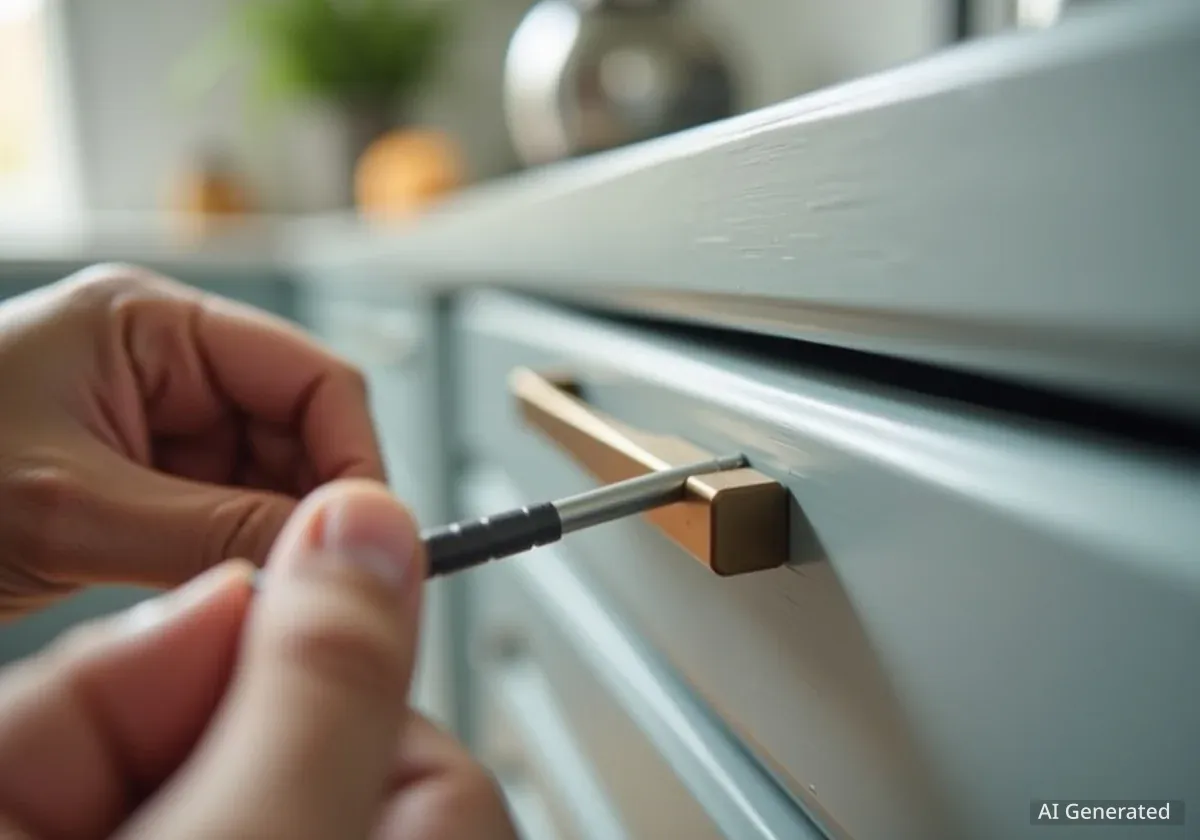As cooler weather arrives, many people begin preparing their homes for the upcoming holiday season. According to a professional organizer, the fall season offers a strategic opportunity to declutter and reset living spaces. This approach helps manage the transition and prevents the chaos that can accompany festive periods.
Rebecca Deans, the Founder and CEO of Charleston-based SHIFT into Organized, provides a framework for effective home organization. Her advice focuses on creating systems that support daily life and prepare for future events, ensuring the home remains a functional and calm environment.
Key Takeaways
- Fall is presented as an ideal time for home organization due to its transitional nature before the holidays.
- A five-step process includes planning, starting with small tasks, preparing for the next season, using a timer, and acknowledging progress.
- Preparation involves setting up designated bins for trash, donations, and items to be relocated to streamline decision-making.
- Breaking large projects into small, daily tasks helps build momentum and prevents feeling overwhelmed.
- Proactively organizing seasonal items, like holiday decor, can significantly reduce stress later on.
Why Fall is the Optimal Season to Organize
While spring cleaning is a well-known tradition, organizing in the fall serves a different, more preparatory purpose. As temperatures drop, people spend more time indoors, making it a practical time to address household clutter that may have accumulated over the summer.
This period acts as a crucial buffer before the often-hectic winter holiday season, which brings an influx of decorations, gifts, and guests. Getting organized ahead of time can prevent a sense of being overwhelmed by an already busy schedule.
"Fall is a season of transition, which makes it the perfect time to reset your home so it supports the rhythms of everyday life," says Rebecca Deans.
By using this transitional period to establish order, households can create a more streamlined and supportive environment. An organized home functions more efficiently, reducing stress and making it easier to manage the demands of daily routines and special occasions.
The Psychology of Seasonal Reset
Seasonal changes often prompt a psychological desire for a fresh start. Just as nature transitions, people feel a natural urge to reset their personal environments. Harnessing this motivation in the fall can lead to more sustainable organizational habits compared to forcing the task during a less inspiring time.
Step 1: Create a Clear Plan of Action
Before beginning any decluttering project, having a simple framework is essential for success. According to Deans, this initial step prevents hesitation and keeps the process moving forward. A small amount of preparation can make a significant difference in the outcome of both large and small projects.
The core of this strategy involves setting up a sorting system from the start. This prevents piles from forming and forces clear decisions about each item.
"Have bags or bins ready for donations, trash, and items to relocate," Deans advises. "This keeps decisions final and prevents piles from forming."
This method simplifies the sorting process into three distinct categories:
- Donations: Items that are in good condition but no longer needed.
- Trash: Items that are broken, expired, or unusable.
- Relocate: Items that belong in another room or area of the house.
By having these containers ready, each item is handled only once. This eliminates the common problem of creating new piles of clutter to be dealt with later, which often stalls progress and leads to frustration.
Step 2: Focus on One Small Area at a Time
One of the biggest obstacles to decluttering is feeling overwhelmed by the scale of the project. Looking at an entire room or house that needs organizing can be paralyzing. The solution is to break the work into manageable, bite-sized tasks.
Deans recommends focusing on a very small, specific area each day. This approach makes the overall goal seem more attainable and provides a sense of accomplishment with each completed task.
"Focus on one drawer, shelf, or category at a time," she explains.
Starting small, such as organizing a single kitchen drawer or one shelf in a closet, might seem counterintuitive, but it is a powerful psychological tool. As Deans notes, success builds confidence and energy to move forward. Each small victory provides the motivation needed to tackle the next small area, creating a positive feedback loop.
This incremental progress is more sustainable than attempting a massive overhaul in one weekend, which can often lead to burnout and an unfinished project.
Step 3: Prepare for the Upcoming Winter Season
Effective organization is not just about clearing current clutter; it is also about planning for the future. Aligning your efforts with the changing seasons ensures that your home remains functional year-round. As fall progresses, winter and the holidays are the next major events to consider.
"By aligning your organizing efforts with seasonal transitions, your home works with you, not against you," Deans says.
A practical application of this principle is to address seasonal decorations before they are needed. Instead of waiting until December to pull out holiday bins, use the fall to sort through them.
Did You Know?
According to a survey by the National Association of Professional Organizers (NAPO), 54% of Americans feel overwhelmed by their clutter. Proactive, seasonal organization can be an effective strategy to combat this feeling.
"Sort and declutter bins before the season begins so you’re only bringing out what you truly love," Deans suggests. This is the perfect time to assess what was actually used last year. If an item has remained in storage for several years, it may be time to donate it. This prevents unused items from re-entering the home and taking up valuable space.
Step 4: Use a Timer to Maintain Focus
Maintaining focus during a repetitive task like decluttering can be difficult. Distractions can easily derail progress, turning a short task into an all-day affair. A simple and effective technique to combat this is time blocking.
Deans recommends using a timer to create short, focused work sessions. This method provides a clear structure and helps prevent mental fatigue.
"Set a timer for 20 minutes and work with focus until it goes off," she says. "Having a clear start and finish helps prevent burnout."
During these 20-minute intervals, the goal is to work without interruption. This means putting away phones, turning off the television, and concentrating solely on the task at hand. When the timer goes off, you can take a short break before starting another session. This approach makes the work feel less daunting and more like a series of small sprints rather than a marathon.
Step 5: Acknowledge and Appreciate Your Progress
The final step in the process is often overlooked but is crucial for long-term success. Taking a moment to recognize the work you have completed helps build and sustain motivation for future projects. This applies to any home improvement task, from a major renovation to organizing a junk drawer.
"Once an area is complete, pause to notice how it feels," suggests Deans.
This simple act of appreciation reinforces the positive feelings associated with an organized space. It also serves as a reminder of the benefits of your hard work, making you more likely to maintain the space and tackle other areas.
Deans also recommends sharing the results with other members of the household. When everyone sees the effort and benefits of an organized area, they are more likely to contribute to its upkeep. This fosters a shared sense of responsibility and helps ensure the newly established systems remain in place.





